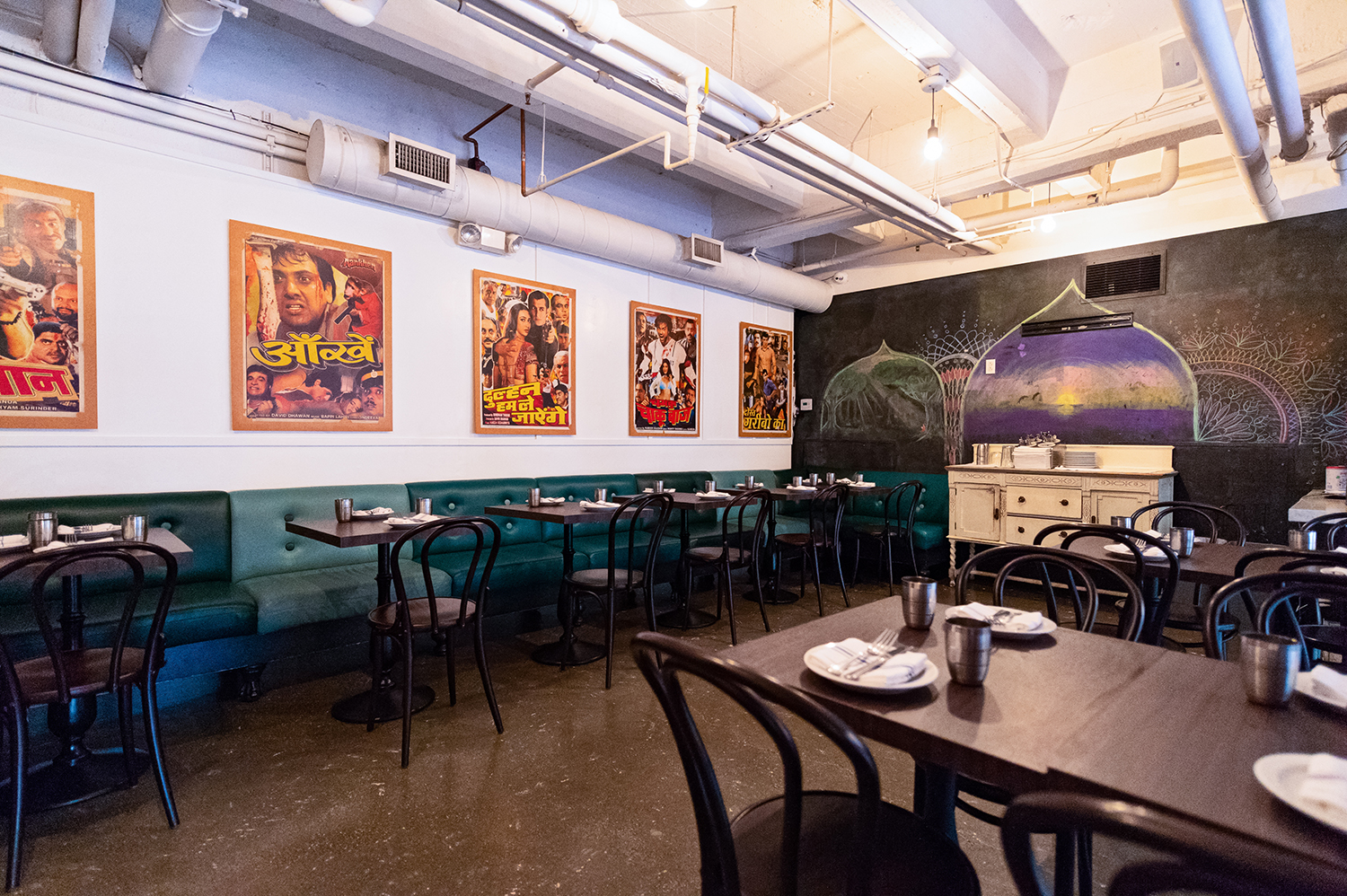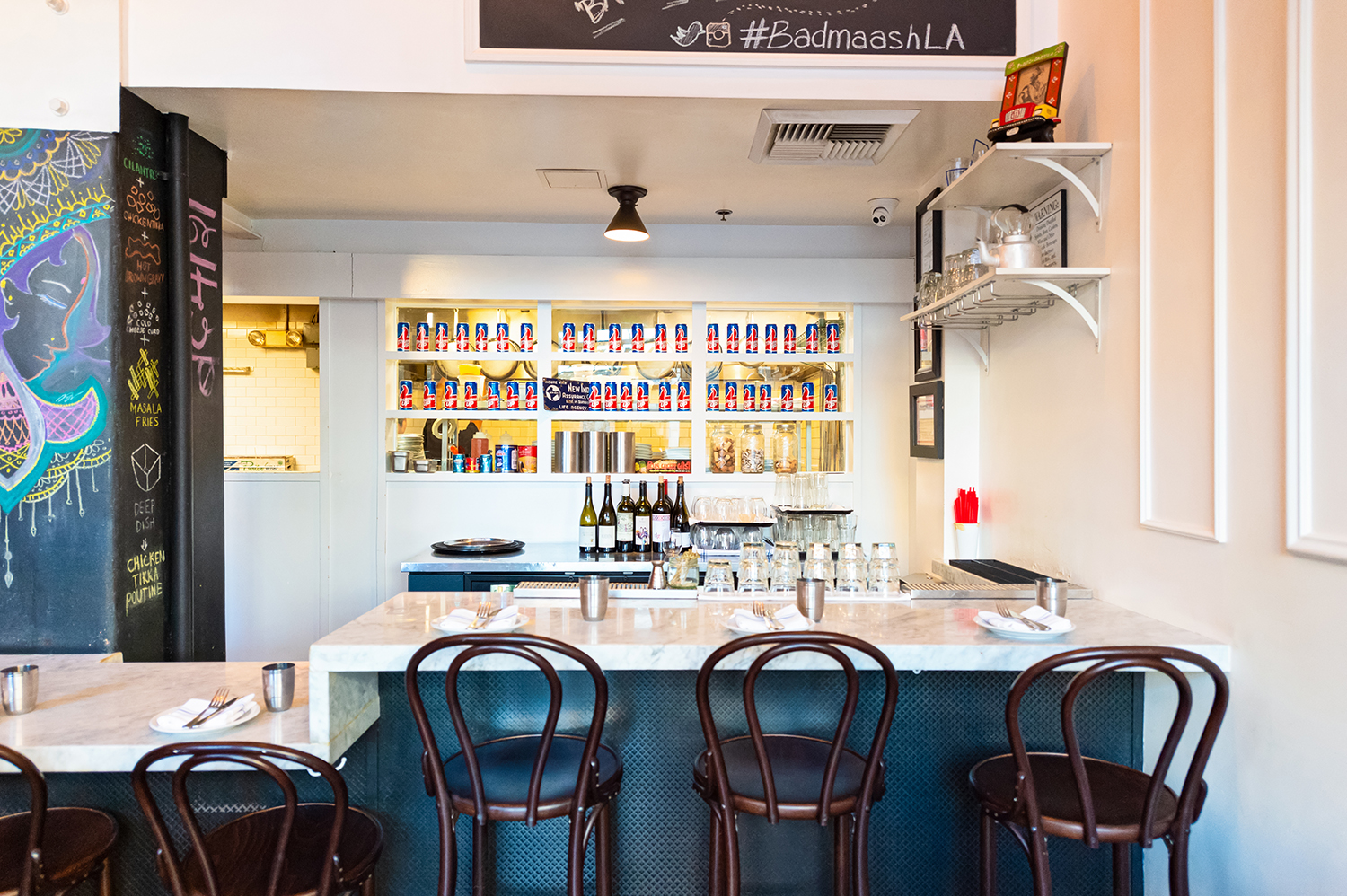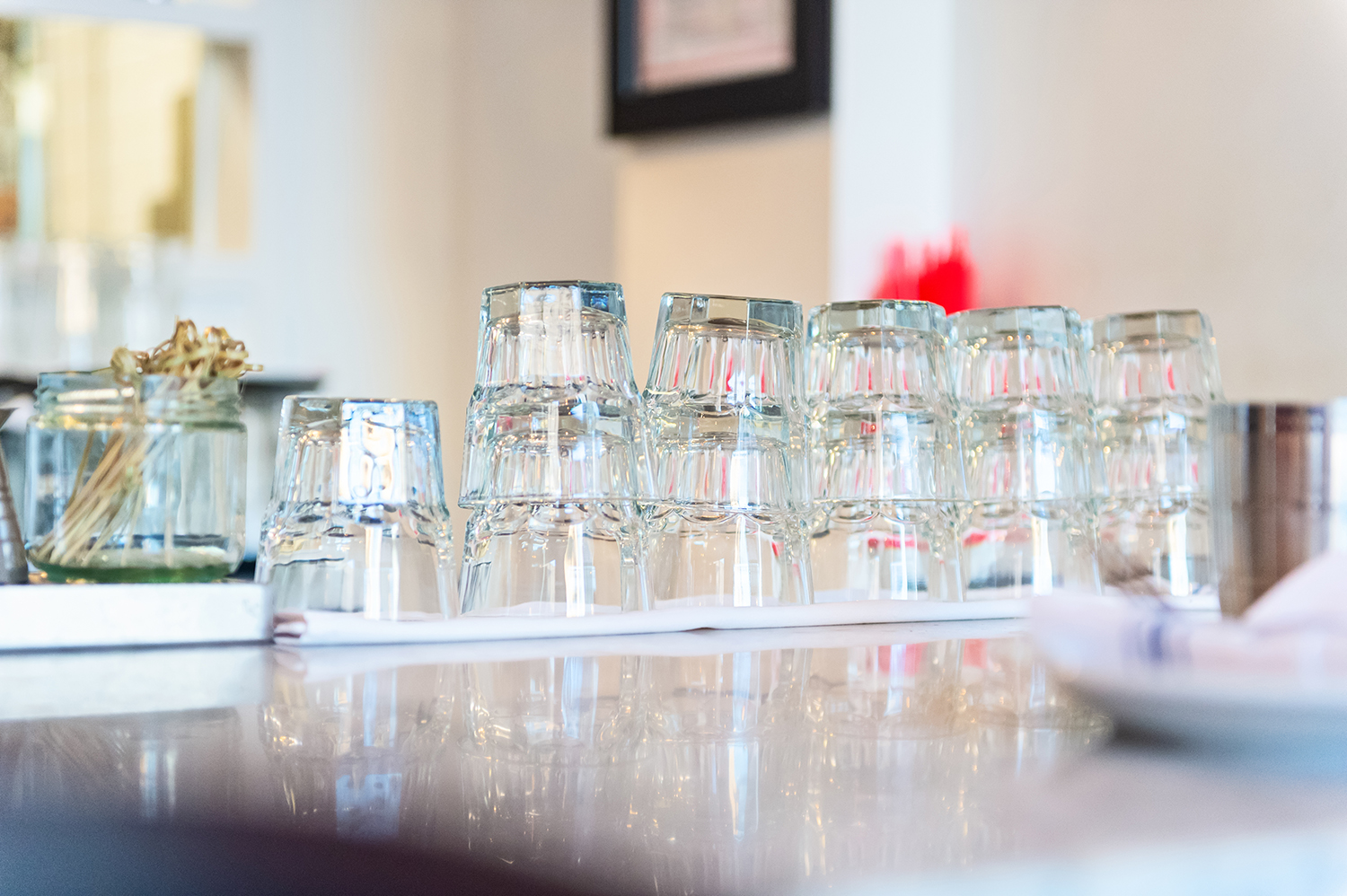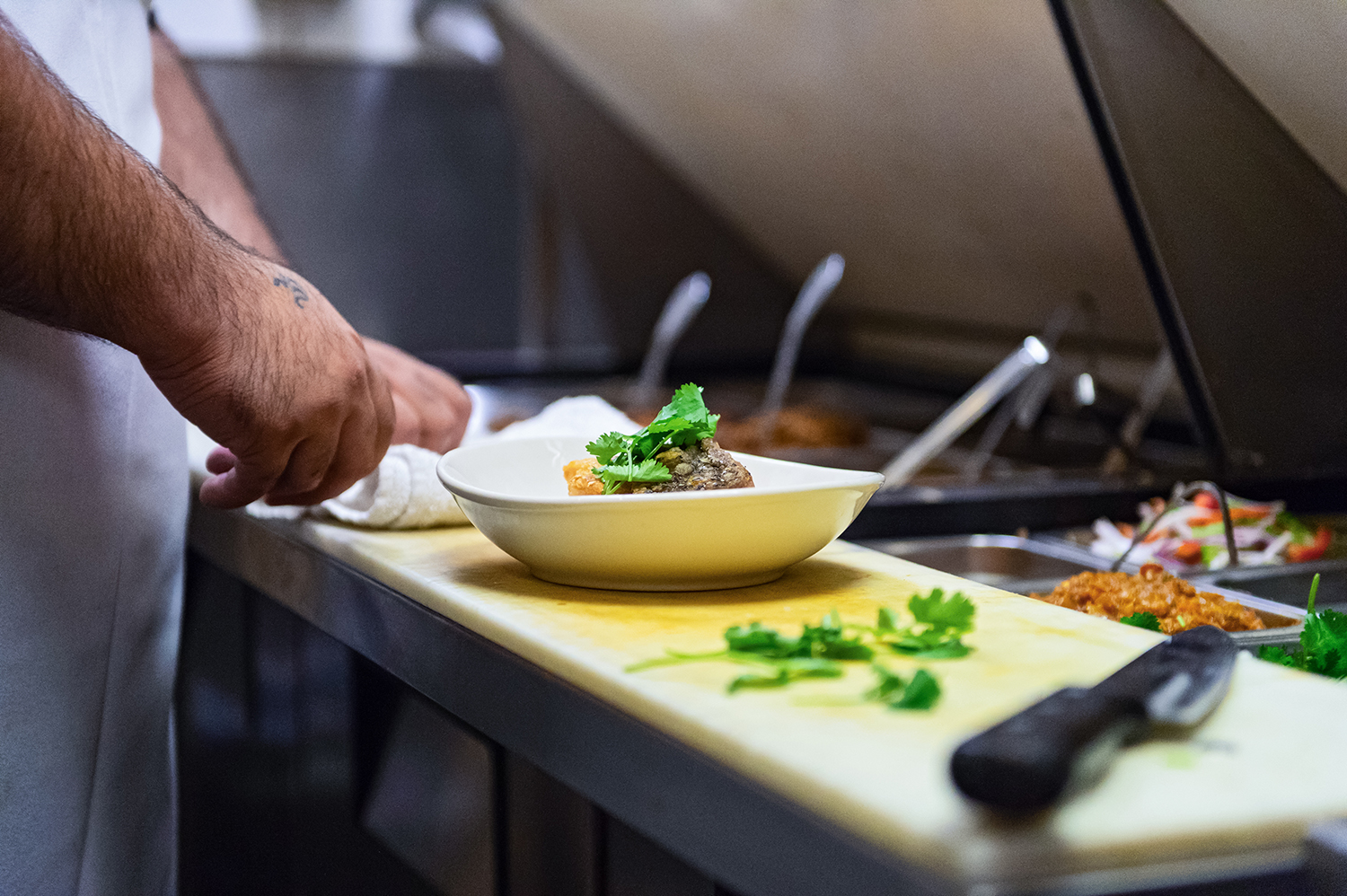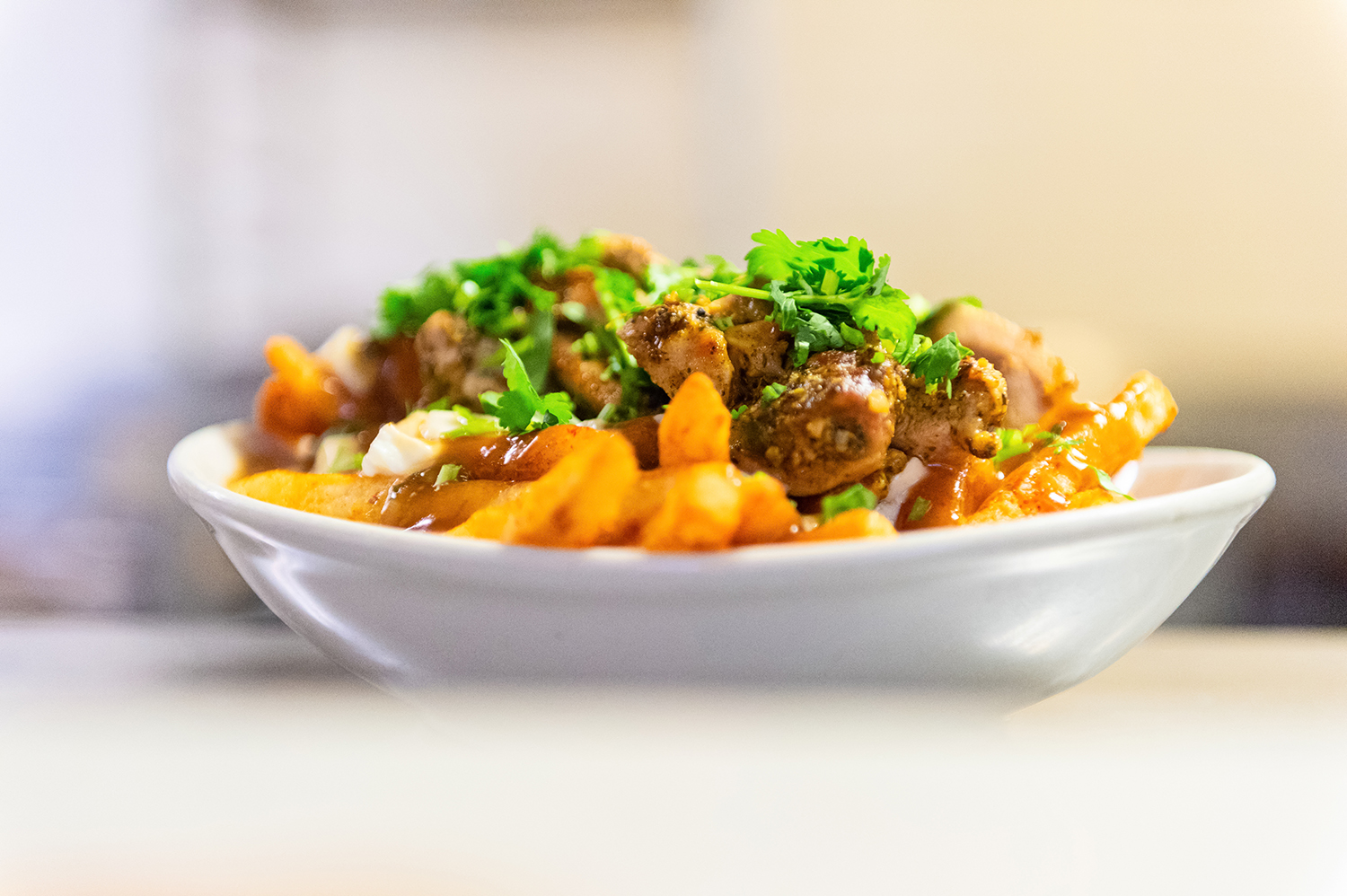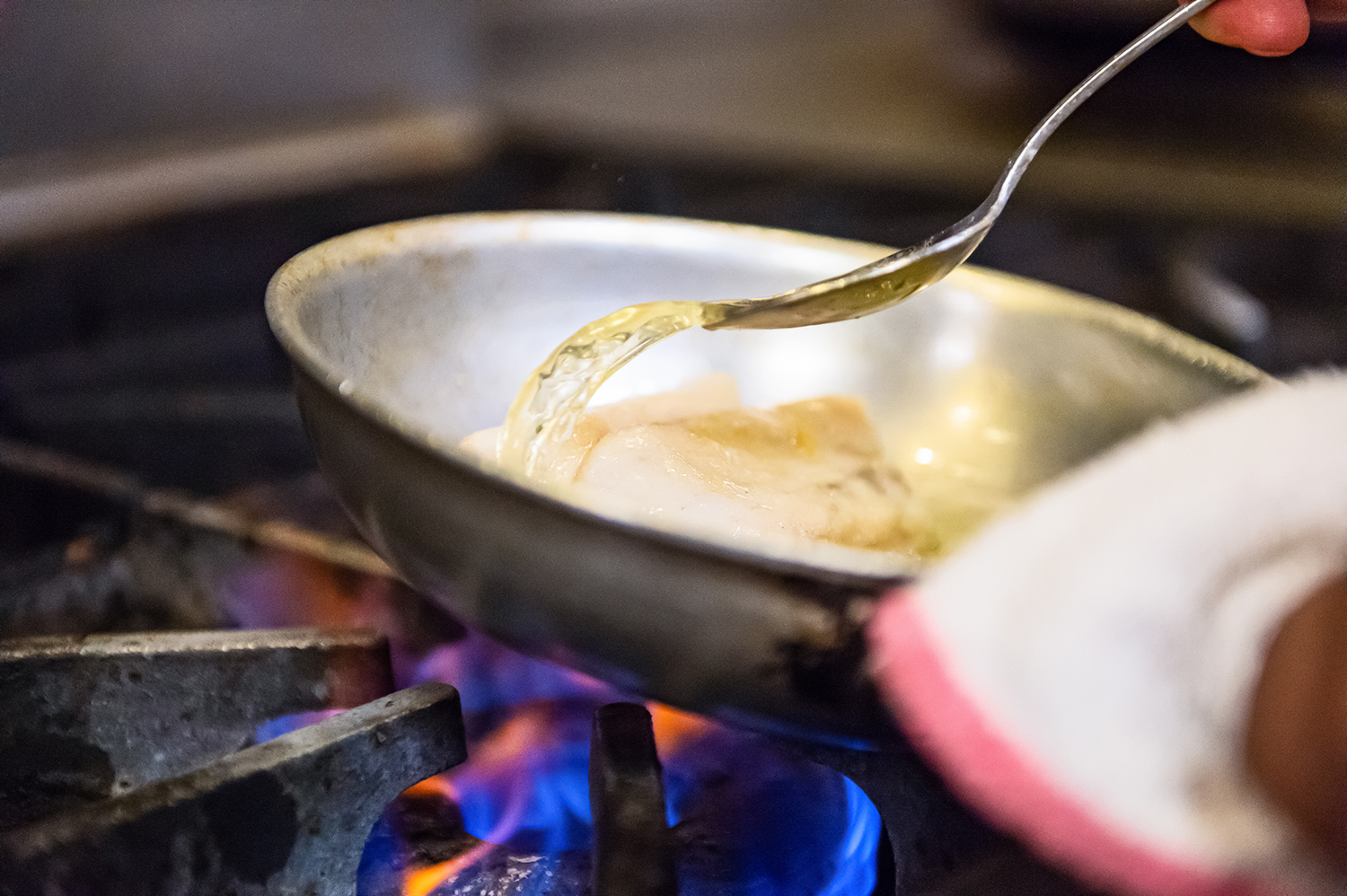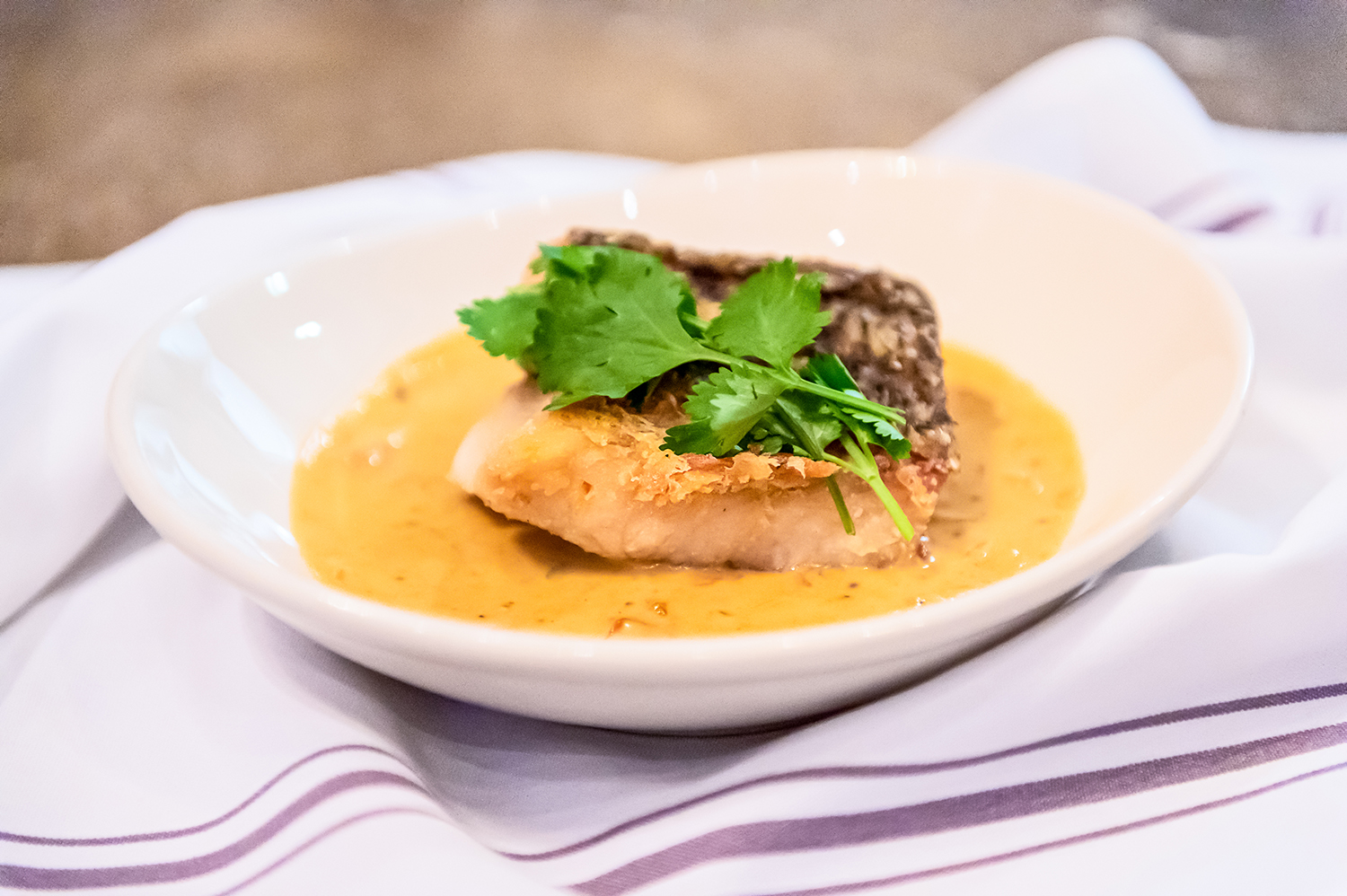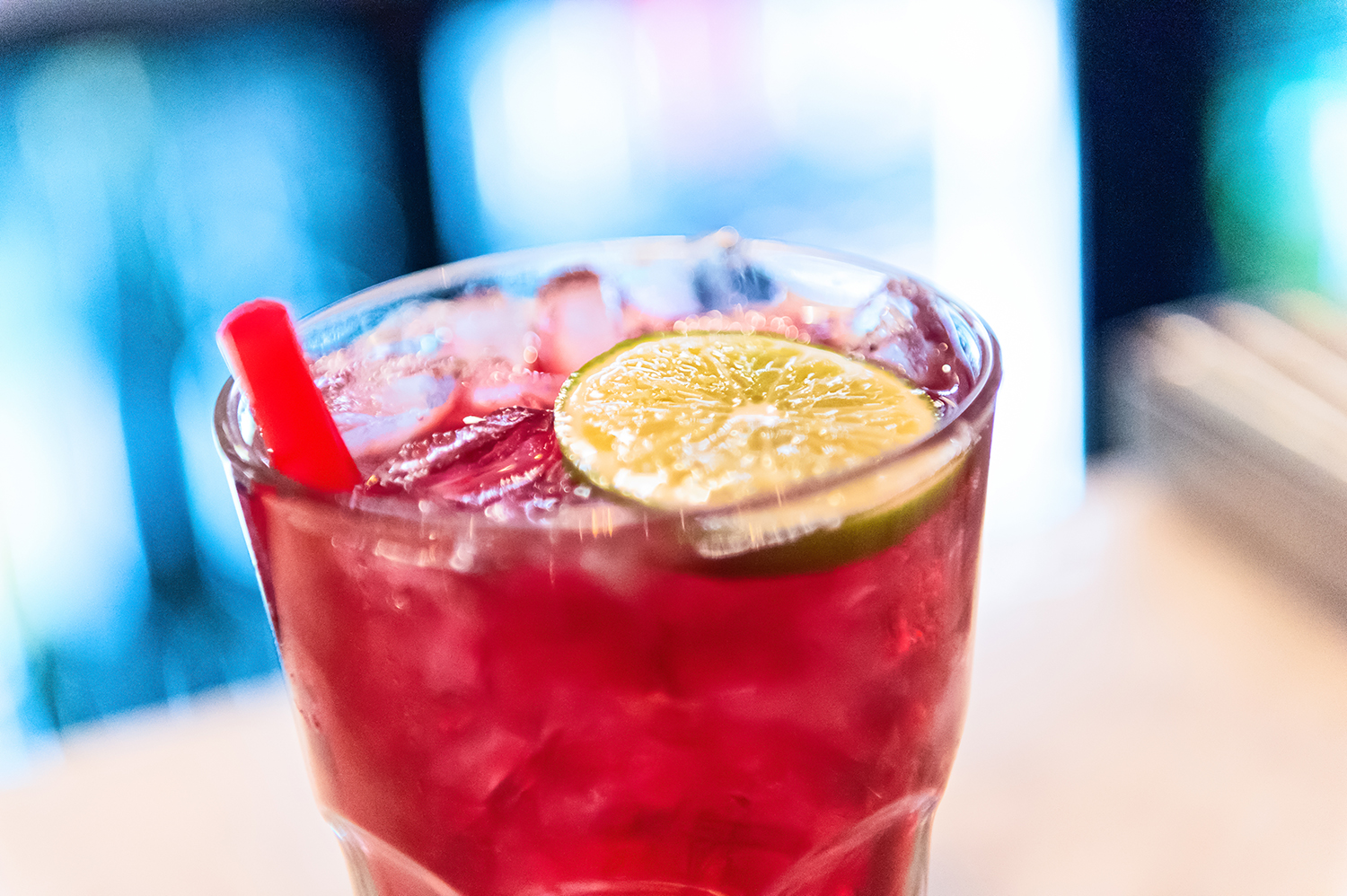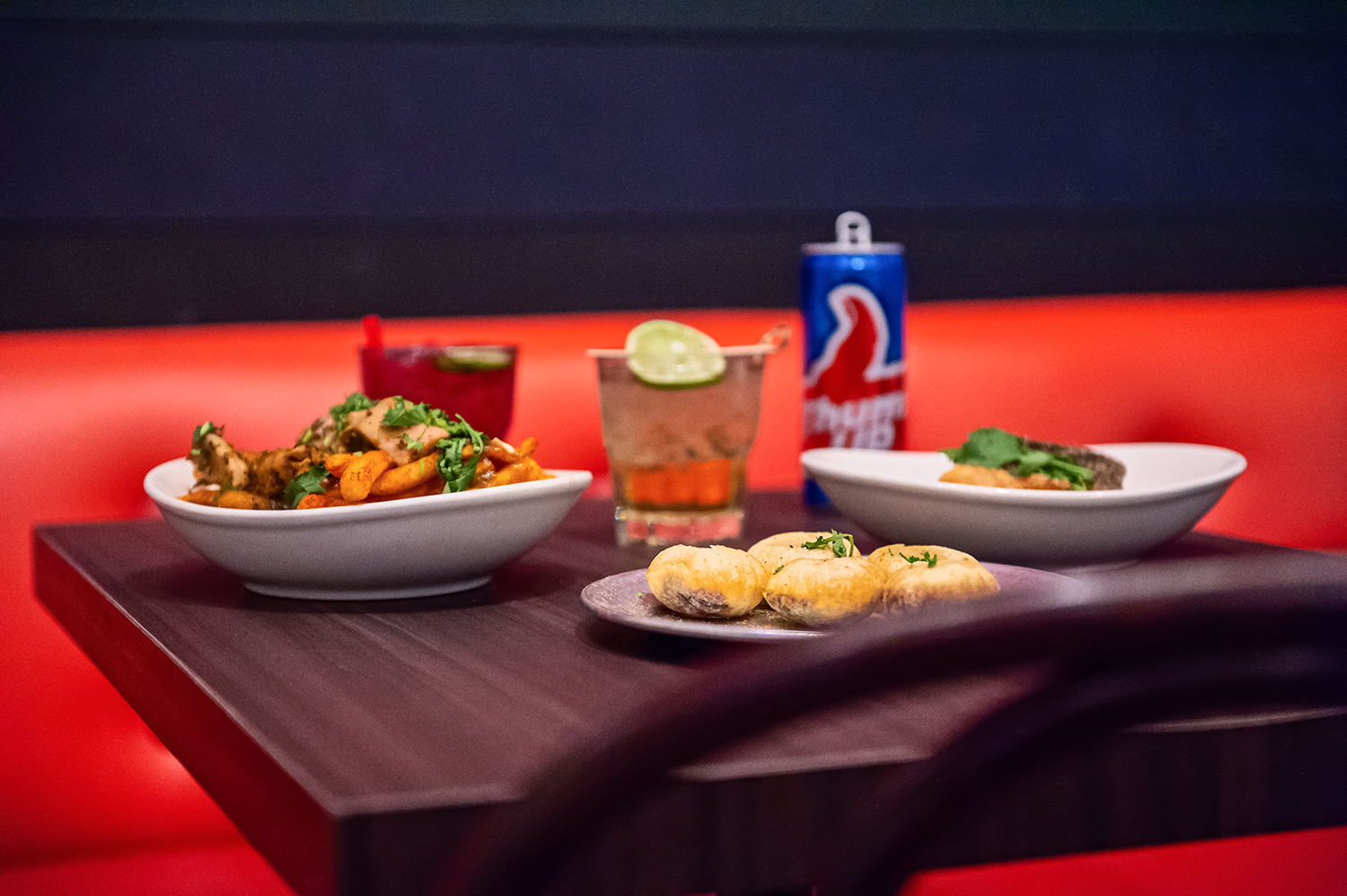Badmaash: Translating Traditional Indian Cuisine for Western Palates
DTLA, Calif.— In a previous article, Russian ballet soloist, Oleg Gabyshev, stated, "It can be difficult for one culture to understand what another culture is trying to communicate." A desire to bridge this international gap, and translate the beauty of traditional Indian cuisine for Western palates, is the inspiration behind Indian / New American restaurant, Badmaash.
Badmaash is a creation of the Mahendro family: Mom, Dad and two sons. Pawan, Dad, is the man on charge in the kitchen. An executive chef for over 25 years, Pawan is classically trained in French cuisine, which is made evident in how he blends Indian flavors with French cooking techniques.
His boys, Nakul and Arjun, help in the kitchen— Nakul prepared all the dishes that we photographed for this story— but both admit that they are more front of house guys, bringing to Badmaash its unmistakable blend of Bollywood, hip hop and the good life.
"I'm a people person," says Nakul, while his brother Arjun mixes their take on a Dirty Sprite: Lambrusco, Sprite and Lime. "Arjun is more the businessman."
"What about mom?" we inquire.
"Oh! Our mom is an accountant, specifically for restaurants. She's been doing that for 35 years," Nakul speaks excitedly. "The four of us work really well together."
Unitedly, the family moved to LA from Toronto, Canada, where Nakul and Arjun were born and raised; Pawan and his wife are originally from India. Prior to this interview, we did not know that Toronto has one of the top ten largest Indian populations / communities in the world. "There are areas of Toronto that feel like you're in India," recalls Nakul.
Coming to Los Angeles from Toronto, and experiencing the difference in North American Indian Culture, made a major impact on their family, and shaped their collective decision to open an Indian cuisine restaurant. We dug deeper:
What is the origin of Badmaash?
When we moved to LA, we didn't want to do an Indian restaurant. We wanted to do a gastropub / New American. You can do anything with New American cuisine. Then we started to taste some of the Indian food around... and it wasn't all that good. You would find that one restaurant in The Valley would do a few dishes really well, and another restaurant in Irvine did other dishes really well, but we were never able to find a place that had it dialed in thru and thru.
So we said, "Man, why don't we do Indian Food, and just sell it in a way that they understand; serve it to them in a way that's not scary." That's the thing about Indian Food, it's pretty scary and intimidating. If you haven't been around India, and don't know Indian food, you'll probably stick to Chicken Tikka Masala, Saag Paneer and Naan. You don't want to spend 18 bucks and then, what if you don't like it?
If you look at our menu, right at the top —front and center— it's things that you normally wouldn't see: street food, Tandoori Clay oven... then it explains what that is. For example, the Hot Spicy Indian Sausage is a very traditional dish known as Seekh Kebab. You wouldn't order that at a restaurant because you'd be like, "I don't know what the f*** that is. I don't want to make a mistake."
But then you read on our menu, Hot Spicy Indian Sausage and you're like... "Ok, it's hot, it's spicy, and it's a sausage." When you read the item description, it's written how a chef-driven menu would be, so the guest can have an expectation of what's to come.
Can you explain the inspiration behind the three dishes that you've prepared?
They are all inspired by our time on the planet, you know what I'm saying? So, the crispy yogurt puffs are a very traditional dish called, Dahi Puri. Dahi means yogurt, Puri is the puff crisp and this is exactly how they make it in India. It's like street food in the category of Chaat. All street foods known as Chaat are savory, sweet, sour and spicy. It's the Indian umami.
The South Indian "Fish Moilee" is another traditional dish, but we are presenting it differently. In Indian cooking you'd remove the skin of a blackened Sea Bass or Barramundi, hack up the fillet into cubes and cook it in the coconut moilee sauce. So, instead of having to find the fish in the sauce, we've left the skin on, seared it nice and crispy, and set it on top. We enjoy a crispy skin, and Barramundi is a fish that has a thick and fatty skin– that's where all the good stuff is. It's always a tragedy when you go to India and you have it but they've removed the skin.
So... the Poutine is kind of totally off the wall... it's not traditional at all... but we wanted to keep the integrity of a classic Canadian poutine– fries, cheese curds, gravy– and then just sprinkle a little Indian on it. Honestly, we first put this on the menu for our own greedy need to eat a poutine. To give it that 'oomph', we've tossed the fries in a paprika masala, then topped the whole thing with tandoori chicken and cilantro.
Tell us more about your spices?
We source everything in the restaurant as local as possible... except for our spices. Our spices come direct from India and they are all organic. We just find that spices from India are better, more robust, more flavorful. Cooking with spices in an Indian kitchen means that you're cooking for flavor. Each spice has their own characteristics and, personally, I don't think that there's any other chef on the planet that is as gifted with spices than our father.
When thinking about how the Mahendro family has shaped the menu of Badmaash, you need to see them in the context of a greater movement, or 'new wave', of Indian cuisine. Badmaash has carved this space for themselves, and in many ways, is an OG influencer. "Indian food has been trapped in the same place for years now," Nakul tells us. "So, it's nice to see young chefs, or experienced chefs, playing and pushing the boundaries in the 'New Indian Food Wave.'"
For DiscoverDTLA the question is, "Is the 'New Wave' growing out of India... or are Indians who live in Western cities infusing cultures together in the kitchen?"
The answer, according to Nakul, is that it's a give and take of the two. There's a strong new generation of chefs in India, as well as restaurateurs, who are playing with the boundaries of their culinary heritage; at the same time, traditional chefs, such as Pawan, are being challenged by first generation children to harness their expertise in new ways.
We ask Nakul one final question after our tastebuds were obliterated:
What is your dad's secret to being a great chef?
If you're a really great chef, you're a student of what's going on around you, and you pay attention. You're always learning... it's endless.
Badmaash • 108 W. 2nd Street



